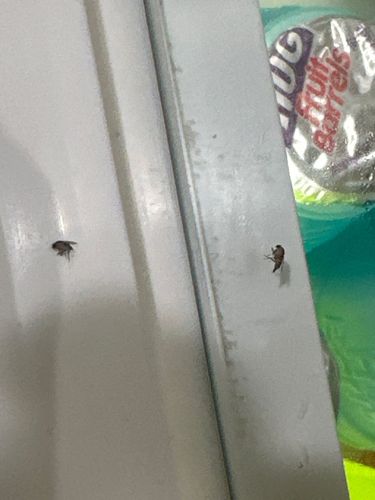Drain Fly (or Moth Fly, Psychodid Fly)
Scientific Name: Psychoda spp.
Order & Family: Diptera (True Flies), Psychodidae (Moth Flies)
Size: 2-5 mm (0.08-0.2 inches) in length

Natural Habitat
Damp, stagnant environments rich in decaying organic matter, such as drains, sewers, septic tanks, compost, and neglected plumbing fixtures.
Diet & Feeding
Larvae feed on decaying organic matter, bacteria, fungi, and algae found in their breeding sites. Adult flies do not feed or feed minimally on nectar.
Behavior Patterns
Adult drain flies are weak, erratic fliers and are typically found close to their breeding sites. They are most active at night. Females lay eggs in gelatinous masses within the organic film of drains or other moist areas. The life cycle from egg to adult can be as short as 1-3 weeks depending on conditions.
Risks & Benefits
Potential risks include being a nuisance, especially when present in large numbers indoors. While generally not considered carriers of human disease, they can potentially transfer bacteria from unsanitary breeding sites to food preparation areas. They have no significant benefits to humans but contribute to the decomposition of organic matter in their natural habitat.
Identified on: 10/22/2025